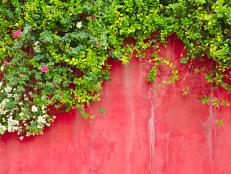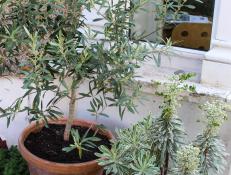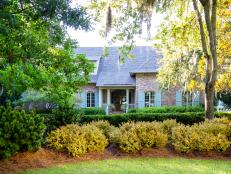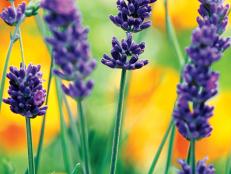1 / 14
Photo: Anthony Tesselaar Plants at Tesselaar.com
Volcano Phlox Bouquet
Garden phlox makes a great addition to a cutting garden, and Volcano Phlox is no exception. This fragrant phlox continues to flower all summer long if you cut plants back by a quarter after the first flowers fade. Plants grow 24 to 28 inches tall by 24 inches wide. Hardy in Zones 4-10. Good vase companions for phlox: chamomile, euphorbia and hosta (shown).












